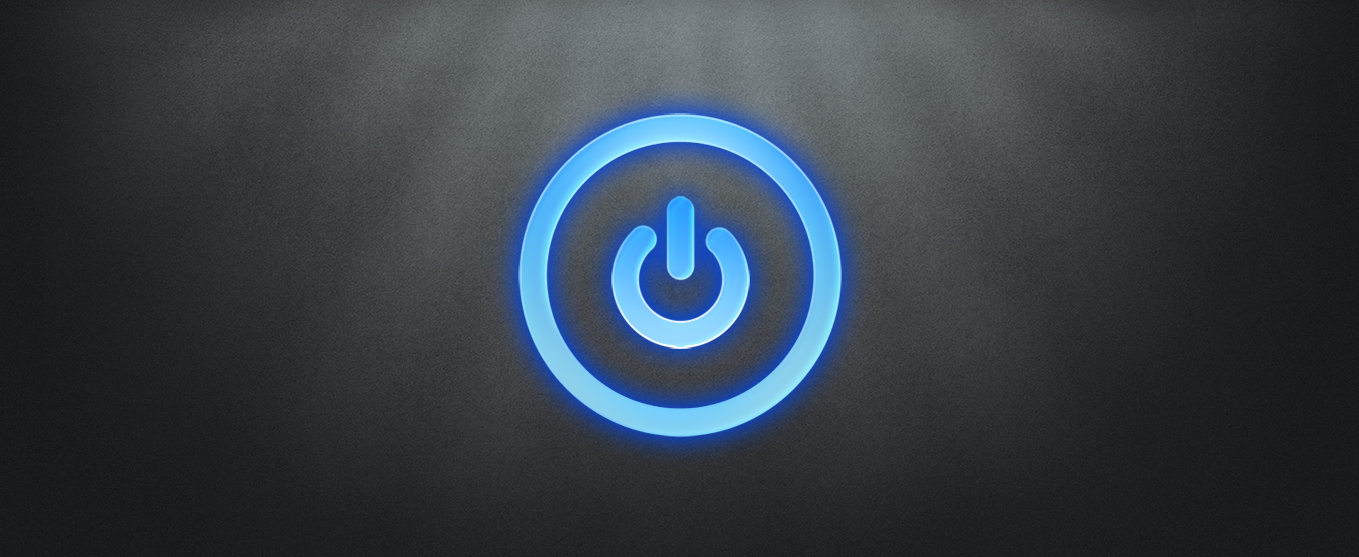Invite Scene - #1 to Buy, Sell, Trade or Find Free Torrent Invites
#1 TorrentInvites Community. Buy, Sell, Trade or Find Free Torrent Invites for Every Private Torrent Trackers. HDB, BTN, AOM, DB9, PTP, RED, MTV, EXIGO, FL, IPT, TVBZ, AB, BIB, TIK, EMP, FSC, GGN, KG, MTTP, TL, TTG, 32P, AHD, CHD, CG, OPS, TT, WIHD, BHD, U2 etc.
LOOKING FOR HIGH QUALITY SEEDBOX? EVOSEEDBOX.COM PROVIDES YOU BLAZING FAST & HIGH END SEEDBOXES | STARTING AT $5.00/MONTH!
-
Check out what our members are saying
Don't know how he does it, but @Inviter delivers! Had a smooth transaction, no hiccups! great service ! superb speed !! top !!!
great service ! superb speed !! top !!! It's the first time I ever bought an invite for a private tracker, but after seeing as how certain private trackers are impossible to get into unless you know somehow or have so…Reliable and professional service, prompt communication, excellent execution.Il migliore venditore, 100%Inviter provides lower prices than other providers and other forum owners by a higher margin. He is the man to buy from if you are looking for a torrent invites to any website h…
It's the first time I ever bought an invite for a private tracker, but after seeing as how certain private trackers are impossible to get into unless you know somehow or have so…Reliable and professional service, prompt communication, excellent execution.Il migliore venditore, 100%Inviter provides lower prices than other providers and other forum owners by a higher margin. He is the man to buy from if you are looking for a torrent invites to any website h… Prefect and always a great communicator from start to finish will use again A+ for service and support
Prefect and always a great communicator from start to finish will use again A+ for service and support very good
very good I was looking for an invite to Brokenstones and was able to get one very quickly and easily. Most importantly admin gave me a few options and explained how the invite tree works …Speedy and responsive, excellent rates, have ordered my invites and have not had any issues! 10/10 recommend!Great service and trustworthy. Keep the good work :D CheersEverything was fine. He made a huge effort to find invite for me. Great communication. So if You need an Invite just contact @Inviter
I was looking for an invite to Brokenstones and was able to get one very quickly and easily. Most importantly admin gave me a few options and explained how the invite tree works …Speedy and responsive, excellent rates, have ordered my invites and have not had any issues! 10/10 recommend!Great service and trustworthy. Keep the good work :D CheersEverything was fine. He made a huge effort to find invite for me. Great communication. So if You need an Invite just contact @Inviter Wanted an invite and got a fast and nice price from Inviter. Everything went smoothly and I'm very happy with my purchase. I'll definitely make my next purchase with him. 100% r…That was awesome 💯💯, I have been looking for invitations for a long time and I was completely disappointed but now with @Inviter i registered in the site I wanted. Thanks a lot …Fairness, speed, professionalism, reasonable price and especially trustworthy. I bought it from you and I will do it again. Thank you.Great services, 100% satisfied.
Wanted an invite and got a fast and nice price from Inviter. Everything went smoothly and I'm very happy with my purchase. I'll definitely make my next purchase with him. 100% r…That was awesome 💯💯, I have been looking for invitations for a long time and I was completely disappointed but now with @Inviter i registered in the site I wanted. Thanks a lot …Fairness, speed, professionalism, reasonable price and especially trustworthy. I bought it from you and I will do it again. Thank you.Great services, 100% satisfied. Trustable seller, 100% money back guaranteed. Traded ptp, bibliotik and cinematik.Seller is great! Fast to respond and reliable. Had to wait but it's reasonable since seller is at work. 10/10 would buy something else again in the future.
Trustable seller, 100% money back guaranteed. Traded ptp, bibliotik and cinematik.Seller is great! Fast to respond and reliable. Had to wait but it's reasonable since seller is at work. 10/10 would buy something else again in the future. Everything went smooth. Keep up the good workFast, responsive and patient. I had the item exactly as described, and worked with me to get everything set up. I would buy from you again.Seems to work fine for now - will have to wait and see what the future holds.
Everything went smooth. Keep up the good workFast, responsive and patient. I had the item exactly as described, and worked with me to get everything set up. I would buy from you again.Seems to work fine for now - will have to wait and see what the future holds. First exchange I made, reasonable price, convenient payment method, simple and instant reactivity, no problem at all.
First exchange I made, reasonable price, convenient payment method, simple and instant reactivity, no problem at all. came on this scene thinking it may be a bit seedy but i found the absolute opposite. Inviter reached out and gave better customer service than pretty much all other services i'v…I would highly recommend anyone looking to find torrents to use this site我想说服务很棒,非常感谢工作人员的帮助Thank you very much for great, fast and efficient help!Absolutely great, Inviter is very fast and nice when solving queries. I received my invite immediately, thank you so much!
came on this scene thinking it may be a bit seedy but i found the absolute opposite. Inviter reached out and gave better customer service than pretty much all other services i'v…I would highly recommend anyone looking to find torrents to use this site我想说服务很棒,非常感谢工作人员的帮助Thank you very much for great, fast and efficient help!Absolutely great, Inviter is very fast and nice when solving queries. I received my invite immediately, thank you so much! Inviter supported me a lot and was super fast for the torrent access that I wanted. I will for sure request help from him when I need something else. Glad I reached him and regis…
Inviter supported me a lot and was super fast for the torrent access that I wanted. I will for sure request help from him when I need something else. Glad I reached him and regis… -
Our picks
-

Buy Empornium Invite
Inviter posted a topic in Premium Sellers Section,
Offering Empornium.is / Empornium.sx / Empornium.me / Empornium / EMP Invite, PM me for the price.
Commodity URL: https://www.empornium.is/, https://www.empornium.sx/, https://www.empornium.me/
Commodity REVIEW: https://www.invitescene.com/topic/40396-empornium-emp-porn-2020-review/-
-
- 699 replies

Picked By
Inviter, -
-

Buy BroadcasTheNet Invite
Inviter posted a topic in Premium Sellers Section,
For limited time I'm offering BroadcasThe.Net (BTN) Invite, PM me for price.
URL: https://broadcasthe.net/-
-
- 372 replies

Picked By
Inviter, -
-
![[In Stock] Buy REDActed.CH (RED) Invite](//www.invitescene.com/applications/core/interface/js/spacer.png)
[In Stock] Buy REDActed.CH (RED) Invite
Inviter posted a topic in Premium Sellers Section,
For limited time I'm offering REDActed.CH (RED) Invite, PM me for price.
URL: https://redacted.ch/-
-
- 114 replies

Picked By
Inviter, -
-






![[In Stock] Buy REDActed.CH (RED) Invite](https://www.invitescene.com/uploads/monthly_2019_12/Redacted.png.a96849d08b6f36b6140a4ead4a4cceba.png)
Recommended Posts
Join the conversation
You can post now and register later. If you have an account, sign in now to post with your account.